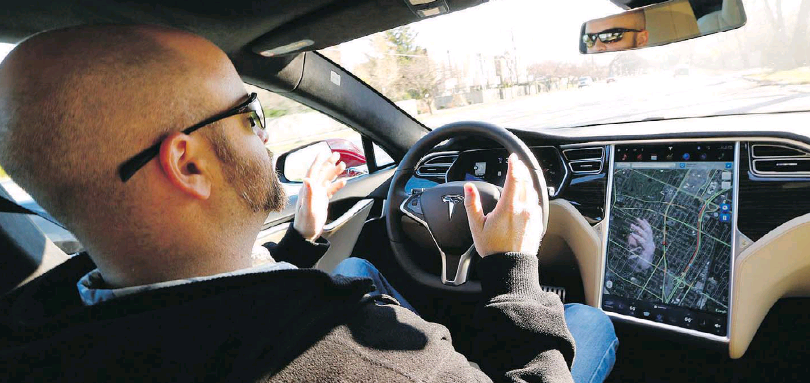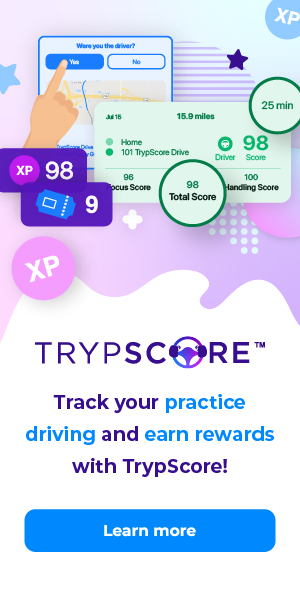Notes from a driving-school conference

A driver tries out Tesla’s Autopilot autonomous-driving feature. Steve Wallace writes enthusiastically of his experience with the system, and notes that driving a Tesla is used as an incentive for top students at a U.S. driving school.
‘
The Driving Schools Association of the Americas board meeting was held to coincide with the Washington State Driving Instructor Conference in Bellevue.
It is a great opportunity to share and compare with colleges.
Defensive Driving School in Bellevue has a Tesla! I have known the owners, JC and Bridget, for many years.
We meet at conferences all over North America, usually twice a year.
Our next convention will be in Oklahoma in mid-October.
Of course, I asked to drive it. My Tesla drive began with a brief explanation of the basic operation of the vehicle.
A large central touchscreen governs most of the normal dash functions of conventional vehicles.
The automated ride was an eye-opener.
I could let go of the wheel once the Autopilot function took over: I had to be in contact with the steering wheel at two- to three-minute intervals, or the steering wheel would vibrate, to draw my attention.
Students get to drive this driving school-equipped vehicle as a bonus for exceptional driving course performance.
Quite an incentive.
This conference gave us a chance to compare the Washington state learning stages for new drivers with those in B.C. There are tactical differences in the approach of each jurisdiction, but the similarities are more striking.
Washington allows an earlier licensing of young drivers, provided they take driving lessons.
They can begin at 16, otherwise wait until 18.
In B.C. we have a graduated system that allows young drivers to begin at 16 with an L and a co-pilot, followed by a two-year N phase.
The N time can be reduced by six months if a graduated licensing course is successfully completed.
Both B.C. and Washington have experienced a similar problem.
Crashes increase and statistics across the board show a negative trend among the age group of 19 to 25.
How can rookie drivers perform better than older teens and more mature 20-something drivers?
Washington officials had a simple and statistically backed answer.
The more driver education, the less likelihood of crashes.
As a result of the recent positive experience of early driver education, Washington has asked the driving schools in Washington to partner with them in a state-wide crash-reduction initiative.
B.C. experiences a similar increase in the crash rate at 19, but it is more to do with the unencumbered driving age occurring parallel to the legal drinking age of 19.
Will B.C. ever partner with driving schools?
It has not happened since early in the 2000s. I remain eternally hopeful.
How do you work the PRNDL? This was a question asked of a veteran driving instructor by a novice on the first lesson.
He queried the student driver and attempted to clarify, only to learn the rookie student was referring to the shift lever positioning of Park, Reverse, Neutral, Drive and Low.
Who knew?
It reminded me of the student who maintained the rear wheels turned as well as the front.
The trip back was interrupted by a driver at the border. I had pulled into a shorter line, hoping to get across a little sooner.
The pickup in front of me was having transmission problems.
The tranny froze at the border booth.
It took about 20 minutes to realign our entrance to Canada.
As a result, I arrived at the ferry terminal only to be told my boat might be full.
I was the last one admitted to the lower deck and very thankful for my good luck.


